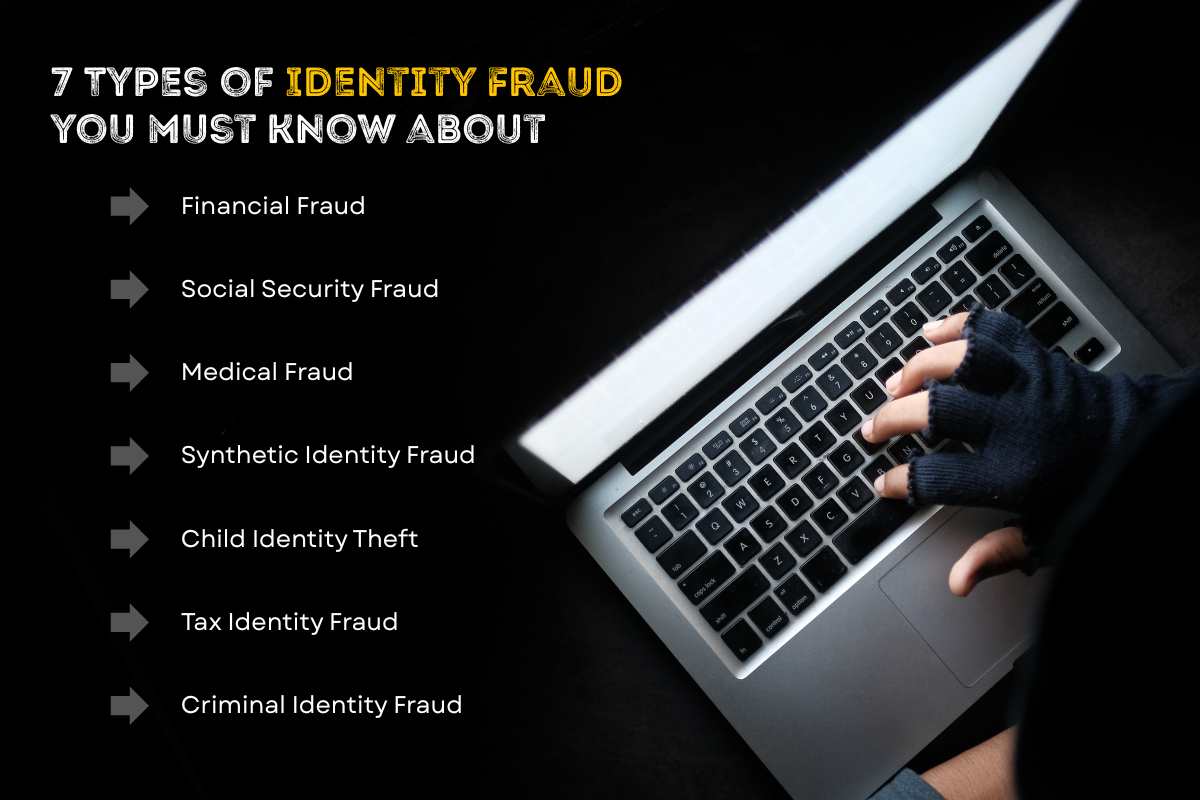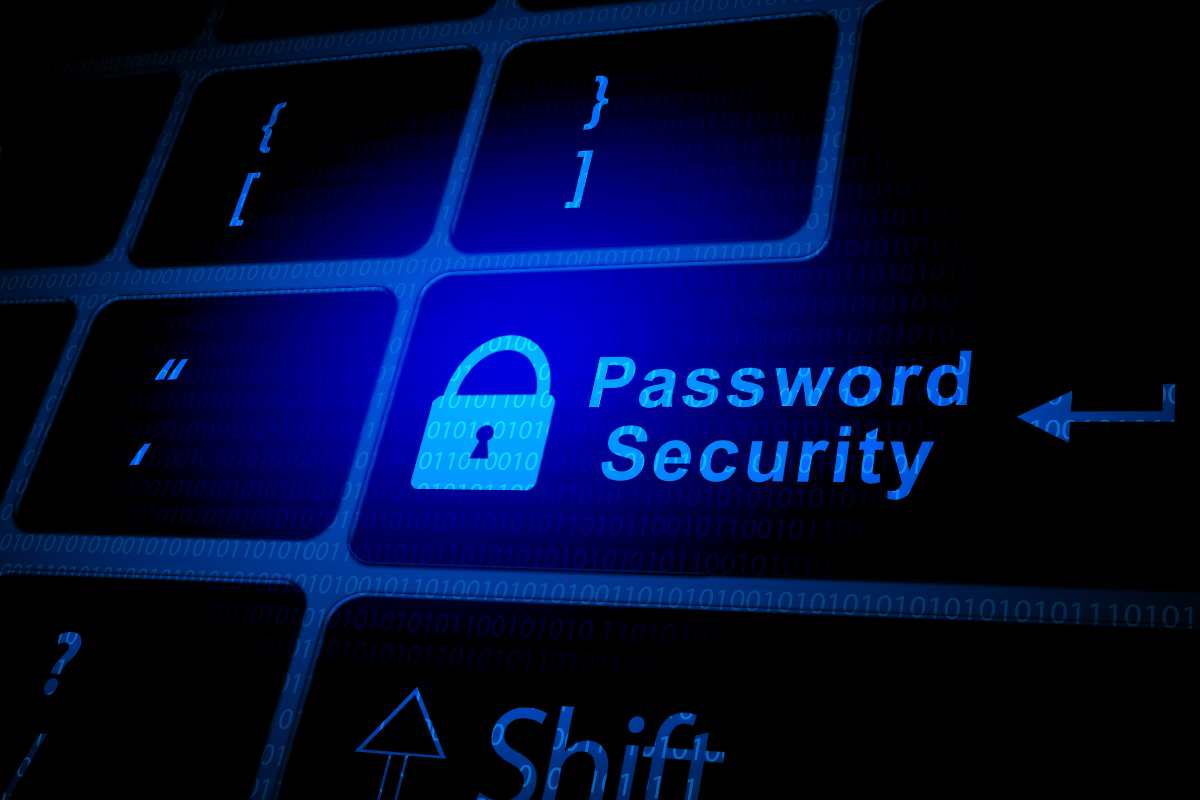“Identity theft is not a joke, Jim! Millions of families suffer every year!” is one of the most famous lines dropped by Dwight Schrute in The Office.
But do you know how true it is? In the United States alone, the Federal Trade Commission (FTC) logged more than 1.1 million identity theft reports in 2024. In 2021, about 23.9 million people reported being victims of identity theft in the prior 12 months. Globally, there are estimates of around 10 million or more cases annually in various countries. We are seeing a significant rise in synthetic and digital identity fraud.
It is a serious crime that has impacted millions of families and organizations everywhere. It is important to be aware of it and know the ways to prevent getting your identity stolen.
And that is the aim of this blog. In today’s blog, we shall go through everything you need to know about identity fraud. So, without wasting much time, let’s get into it.
Knowing Identity Theft: Types, Definition, and Warning Signs
Let’s get into what this type of fraud is. Identity theft, as the name suggests, is when someone steals another person’s identity for their own gains.
The U.S. Department of Justice defines it as the wrongful obtaining and use of another person’s personal data in some way that involves fraud or deception. It is usually used for economic advantage or gain.
7 Types of Identity Fraud You Must Know About

Now, there are seven types of theft of identity. Identity fraud can be financial, medical, synthetic, tax-related, child-related, crime-related, and social security-related.
Here’s how each of them works:
| Type | What it Means? |
|---|---|
| Financial Fraud | Stealing personal details to open credit accounts or make unauthorized purchases. |
| Social Security Fraud | Using someone’s SSN to get loans, credit cards, or government benefits. |
| Medical Fraud | Pretending to be someone else to receive medical care or claim insurance benefits. |
| Synthetic Identity Fraud | Mixing real and fake information to create a new identity for fraudulent financial activity. |
| Child Identity Theft | Using a child’s identity to obtain credit, housing, or evade law enforcement. |
| Tax Identity Fraud | Filing a fake tax return under another person’s name to claim their refund. |
| Criminal Identity Fraud | Giving someone else’s identity during an arrest to hide one’s criminal record. |
Look Out For The Warning Signs! 10 Red Flags To Look For
Warning signs of identity theft indicate someone is misusing personal information without your permission.
Here are some red flags that will appear if your identity is being used against your knowledge:
- Unauthorized charges or withdrawals on bank or credit card accounts.
- Receiving bills or statements for goods or services not purchased.
- Debt collection calls or notices for debts not owed.
- Unfamiliar credit inquiries or new accounts opened in one’s name.
- Missing or redirected mail, including bills or bank statements.
- Being locked out of online accounts without changing passwords.
- Receiving notifications of password resets or login attempts not initiated.
- Tax return rejections or IRS notices about tax returns filed that weren’t submitted by the person.
- Alerts of wages or income reported from employers not worked for.
- Unexpected surprises in credit reports. Look for new lines of credit or collection accounts.
Always be on the lookout for these types of warning signs of identity theft. Staying alert about them can protect you and your loved ones from a lot of trouble.
Consequences of Identity Theft: Real-life Incidents

Here are some real-life incidents of identity fraud. They teach us the severity of this crime and the unimaginable impact it has:
1. Philip Cummings Case:
Cummins worked in a software company, Teledata Communications Inc. (“TCI”), help desk. He stole the login credentials of about 33,000 customers. He sold these credit reports to scammers, costing victims $50 to $100 million. This massive data breach caused “almost unimaginable” damage. Even today, it is one of the largest identity theft in US history.
2. Abraham Abdallah’s Celebrity Theft:
Abdallah stole identities and financial information from over 200 celebrities. It included names like Warren Buffett, Oprah Winfrey, and Steven Spielberg. He used their credit cards and accounts to rack up over $22 million in fraudulent transactions. He was using a complex network of phones and couriers in New York.
3. Turhan Armstrong Multi-Million Dollar Scam:
Armstrong used stolen Social Security numbers of children and expatriates. He used these SSNs to open credit accounts, take loans, buy homes, and cars. He stole $3.3 million over nearly a decade. His victims often never noticed due to a lack of credit monitoring.
Now you see why identity theft is such a serious crime. It is very important to take all types of precautions to stay safe from it.
But how? Let’s answer that.
How to Prevent Identity Fraud? Effective Steps to Reduce the Risk

To prevent identity theft, you must protect your personal information. Now, several effective steps can be taken to protect personal information and reduce risk.
Here is some advice on protecting your identity:
1. Protect Your Social Security Number
Avoid carrying your Social Security card. Also, limit sharing the number only to trusted parties when absolutely necessary.
2. Use Strong, Unique Passwords
Create strong passwords with a mix of letters, numbers, and symbols for each account. Use a password manager to keep them safe.
3. Beware of Phishing
Do not respond to unsolicited emails, calls, or messages asking for personal information. Always verify the source before sharing sensitive data.
4. Secure Your Devices and Networks
Use multi-factor authentication (MFA). Keep software and antivirus updated on your device. And secure wireless networks with strong encryption and passwords.
5. Monitor Financial Statements and Credit Reports
Regularly check bank, credit card statements, and credit reports. Watch out for unauthorized transactions or new accounts.
6. Shred Sensitive Documents
Dispose of bank statements, credit offers, and receipts. Any unnecessary documents containing personal information should be disposed of by shredding.
7. Limit Information on Social Media
Avoid oversharing personal or location information that identity thieves can exploit.
8. Use Secure Browsing and Avoid Public Wi-Fi
Be cautious on public Wi-Fi or use a trusted VPN to protect your online activity.
9. Freeze Your Credit
Consider placing a credit freeze to prevent new accounts from being opened without your permission.
But what if someone steals the identity of your organization? Don’t worry, there are ways to protect your organization from identity fraud as well.
Ways to Protect Organization from Identity Theft
- Conduct regular security risk assessments and audits to identify vulnerabilities in the IT infrastructure.
- Implement access controls and limit sensitive data access only to authorized personnel.
- Train employees extensively on cybersecurity best practices. This includes phishing awareness and safe data handling.
- Encrypt sensitive data both at rest and in transit to prevent unauthorized reading.
- Require strong password policies and multi-factor authentication for all employee accounts.
- Use secure connections like VPNs, especially for remote access and public Wi-Fi.
- Establish secure document retention and disposal policies, including shredding of sensitive paperwork.
- Monitor for breached credentials and exposed data on the dark web proactively.
- Implement endpoint security and patch management strategies to keep systems updated.
- Consider cyber liability insurance to cover costs related to breaches and fraud.
Global Efforts to Stop Identity Theft
Countries and organizations are embracing digital identity wallets. They are using biometrics, like facial verification, for secure online identity verification. The EU is leading wide-ranging national-level pilots. They plan a rollout by 2026 under a harmonized framework. These wallets significantly reduce the repeated submission of personal data. Thus decreasing overall exposure to theft. Global use is expected to reach 1.5 billion people by 2029.
The United Nations Office on Drugs and Crime (UNODC) is driving efforts to improve global cooperation on identity-related crimes. They have published handbooks and initiated platforms to boost cross-border legal collaboration. Resolutions by the UN Economic and Social Council highlight the critical need for joint action. Countries must work together to investigate, prosecute, and punish these crimes internationally.
An effective global response requires robust cross-sector collaboration. The governments, international organizations, private businesses, and academic institutions must all work together. Sharing intelligence, best practices, and technological solutions is key to fighting identity fraud. This cooperation is often aided through multi-stakeholder expert groups and various partnerships worldwide.
Many nations are updating their data protection regulations. Most of them are often influenced by pre-existing frameworks such as the EU’s GDPR. Furthermore, uniform international cybersecurity standards promote a cohesive global defense against identity theft.
On smaller levels, organizations are increasingly adopting strong cybersecurity tools. Now, most organizations use encryption, dark web monitoring, and dedicated identity protection services.
Conclusion:
Identity theft is a serious, growing global crime that keeps updating with technology. The impact on individuals and organizations can be devastating. This calls for continuous vigilance and being aware of such crimes. By recognizing the red flags and the criminals’ tactics, you empower yourself to act.
Fortunately, powerful defenses against identity fraud exist. Things like strong passwords, credit freezes, and digital wallets can help reduce the risk. Protection is a joint effort of all parties. That’s why stay educated, adopt security measures, and play your part in the global fight against identity fraud.
FAQs
1. How do I know if I have been a victim of Identity Theft?
You can find out by monitoring your credit reports and bank statements. Keep a watch on suspicious mail or collection calls for unknown debts.
2. What is Phishing?
Phishing is where criminals send deceptive emails or texts, pretending to be from trusted sources. They do this to trick you into revealing personal information.
3. What is the difference between Data Theft and Identity Theft?
Data theft is the act of obtaining your personal information, while identity theft is the subsequent fraudulent use of that stolen information.






